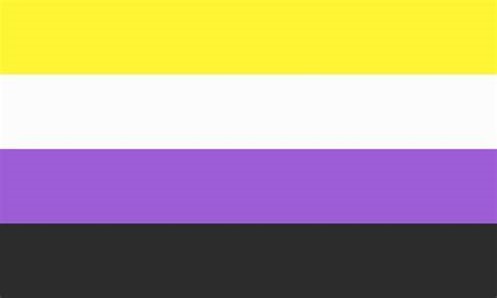Non-Binary Identities-Raising Awareness and Understanding

In a world that is progressively recognizing the importance of diversity and inclusivity, lets shed light on identities that may not fit into the traditional understanding of gender. Non-binary identities challenge the conventional norms and open up conversations about gender beyond the confines of male and female. Raising awareness and understanding about non-binary identities is an important step towards creating a more inclusive and compassionate society.
When do we celebrate Non-Binary People’s Day?
International Non-Binary People’s Day is observed each year on July 14th and is aimed at raising awareness around the issues faced by non-binary people around the world. The day was first celebrated in 2012 and was started by Katje van Loon. The date was chosen for being precisely midway between International Men’s Day and International Women’s Day.
Non-Binary Awareness Week precedes International Non-Binary People’s Day. This is an LGBTQIA+ awareness period dedicated to those who do not identify with the traditional gender binary.
Understanding Non-Binary Identities:
Non-binary is an umbrella term for gender identities that do not exclusively align with the categories of male or female. Individuals who identify as non-binary may experience a gender identity that is a blend of both, neither, nor falls outside the spectrum entirely. This fluidity challenges the societal construct that has long categorized individuals based on a binary understanding of gender.
Pronouns
Pronouns, in relation to gender identity, are nouns that refer to another individual in place of their name in the third person. Traditionally, a woman would be referred to as she or her and a man would be referred to as he and him. Some non-binary people may choose to continue using the pronouns associated with their assigned gender at birth, but other non-binary people, commonly, use they/them as their pronoun.
In addition to she/her, he/him, and they/them pronouns, LGBTHero says there are other pronouns which include but are not limited to:
- Ze/hir
- Xe/xem
- Hy/hym
- Co/cos
Non-binary people can choose to use one set of pronouns but can also choose to use two or more sets of pronouns, or even all pronouns. There is no one way to be non-binary.
What Is the Non-Binary Pride Flag, And What Does It Stand For?
Kye Rowan created the Non-Binary Pride Flag in 2014 to be flown alongside the genderqueer flag. The flag has yellow, white, purple, and black horizontal stripes. The four colors of the non-binary flag stand for:
- Yellow stands for people whose gender doesn’t exist within the binary.
- White represents people with all genders or many genders.
- Purple stands for people with genders that may be a mix of female and male.
- Black represents people that identify as not having any gender at all.
Raising awareness and understanding non-binary identities is an ongoing journey towards inclusivity and acceptance. Embracing diversity in gender identities contributes to a more compassionate society where everyone is free to express their authentic selves without fear of judgment or exclusion.

